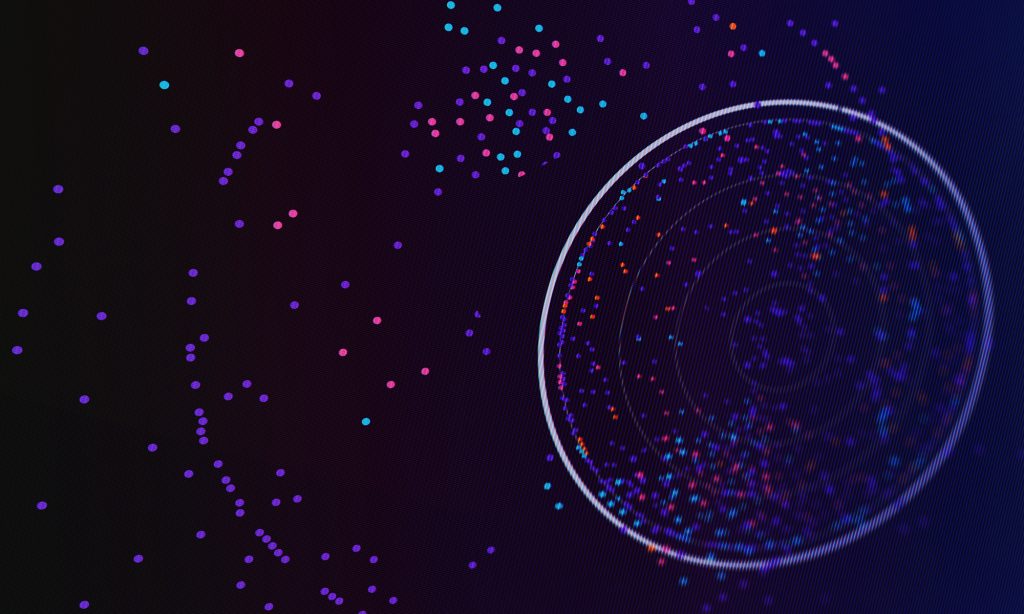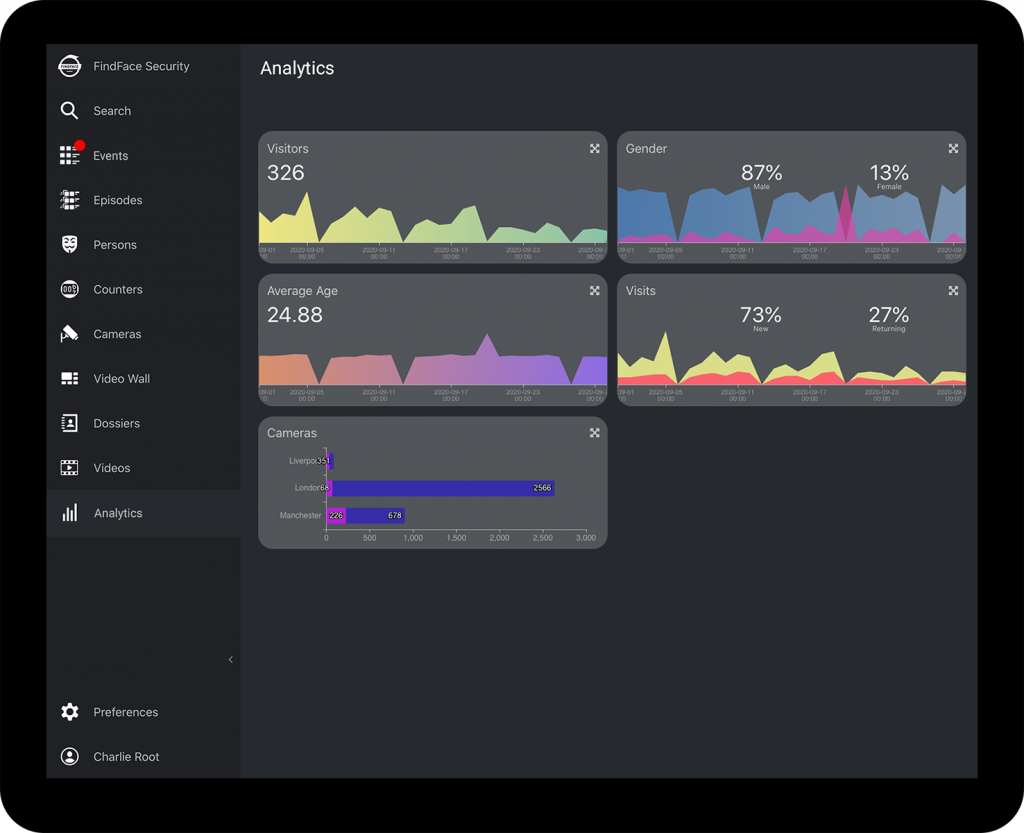
There are various techniques in business for collecting and analyzing data on customers and the general market situation. Without such data, it is impossible to build any development plans or make any decisions, because you need something for reference. Whether it is determining the level of demand in a particular niche or solving the problems of the target audience, each sequence of action begins with data collection. Data is the key to the success of any business.
What is Dark Data?
At a glance, the whole set of data groups useful for business has been studied for a long time, and all you need to do is select a few relevant groups to start working with maximum efficiency. However, it is not that simple. There is an entire universe of data, and just like in our reality, it hides many mysteries and secrets. The main problem is that the total amount of data far exceeds our analytical capabilities.
When solving different business tasks, a whole lot of unused information is accumulated. This information could be applied for the optimization of different aspects of business, but it remains untouched. For example, surveillance cameras in the store are installed to solve specific tasks to ensure the security or minimize losses from shoplifting. In practice, the cameras collect much more data, but nobody uses it.
This is dark data — the data that is real and useful, but underestimated or simply invisible for a number of reasons. According to some estimates, the volume of dark data collected by organizations reaches 90%! And all this is not “trash” information, but data, which allows us to analyze the target audience more deeply and get a significant increase in business efficiency. All you need to do is to get dark data and apply special analysis techniques to it.
Why is Dark Data Important?
The value of dark data stems from the fact that it exists and there is a lot of it. It is impossible to ignore that which is so massive, and therefore dark data can be viewed from two angles:
- As a resource with great potential, if effective analysis methods are found
- As a risk factor that can cause losses if nothing is done
In the long term, today’s business cannot be successful without data collection and analysis, the one with the most data wins. If competitors or cybercriminals are the first to find ways to analyze dark data, it may have a direct negative impact or result in missed opportunities. It is therefore vital to implement systems that work intelligently with all available types of data.
Such systems help collect metrics that, either on their own or in combination with other data, open whole directions for saving and increasing profits. Using dark data, you can objectively assess the performance of individual employees and even entire outlets.
For example, store owners rarely calculate the average time that customers spend in queues. According to Omnico Group studies, this figure is extremely important, because people who have been in line for more than 6 minutes are 56% likely not to return to this store. In one real case, with the help of data analysis from CCTV cameras it was decided to switch to 24-hour service, which increased the passability of the store by 80%.
Control of employees also helps in the optimization process. If the system identifies certain patterns that go against the original work plan, employees’ negligence is most often the case. For example, analysis of dark data in the chain of pharmacies revealed that employees started work later and finished almost 20 minutes earlier, as well as were abusing the time allocated for breaks. Up to 10% of working time was lost in total.
One should also remember the importance of data storage rules. Dark data that companies store usually has no security priority and may not even be taken into account. Neglecting information security can have many negative consequences, of which reputational losses will be the least damaging. The safety of dark data should be addressed right now, but it must be identified first.
How to Know What is Unknown?
With the development of artificial intelligence technologies, dark data is beginning to come to the surface. It is to neural networks that we owe the knowledge about the existence of a huge amount of useful information, which is either unstructured or hidden altogether. The search for dark data is a part of the tasks of the Big Data segment. Significant progress in this area in recent years has allowed us to move forward with the analysis of dark data.
Systems based on artificial intelligence, machine learning and computer vision are being implemented everywhere. These systems are designed to explore the digital space by finding links between scattered data clusters and learn to discover new ways to use the information collected and stored.
What Hinders the Analysis of Dark data?
Many companies collect huge amounts of data through different channels, but they do not process or structure it in any way. This is partly because they do not have enough knowledge and experience, but mostly dark data analysis is not conducted because it is a fairly complex process that requires additional funding.
It would be appropriate to draw a parallel with industrialization. The first factories used the resources very carelessly, and nobody paid attention to environmental pollution at all. Now the companies are forced to invest in the development of resource processing technologies and waste purification facilities, as well as to strictly comply with certain standards to be competitive.
Another obstacle is the incompatibility of different systems in business. For example, not many see value in comparing visitor data from websites with audio files from phone calls and images from surveillance cameras in retail spaces. It is necessary to implement related analysis systems to significantly extend the range and depth of analysis in the business.
It is important to realize that in the future our civilization is likely to face an overabundance of dark data and it is better for business to start structuring and using it in advance than to experience the whole cascade of negative consequences if we leave everything as it is. In the coming years, it will be possible to enter the market only through digitalization and implementation of systems capable of conducting multi-channel data analysis.
How to Start Analyzing Dark Data?
Naturally, the implementation of systems for analysis of something that is unknown in hopes of benefitting from it in the long term is not the most intuitive business decision. But there is a way to initiate an introduction to dark data in a more streamlined manner — through video analytics. Modern video stream analysis solutions have made significant progress in solving security tasks and allow us to collect additional data that has an imperceptible impact on business processes.
As a leading developer of intelligent video surveillance software, NtechLab has begun to collect and analyze dark data that is inaccessible to users of other systems. Starting from version 4.3 of our flagship product, FindFace Multi, there is built-in statistics that reflect visitor information on simple charts. At the moment, the system is able to recognize gender, age, count the number of unique and repeated visits, as well as provide data for thermal maps of different cameras.

Such a set of parameters within a single system allows you to start working on the dark data analysis, which can already bring real business benefits. The system can be used to improve customer service, automate the targeting of promotional offers and to determine the best time for promotions. FindFace Multi 4.3 enables you to harness the information contained in the video stream and gain a competitive advantage in such areas as retail, hospitality, finance and banking, as well as many other client-centric industries.
If you are focused on the future and want your business to keep up with the times, you should consider the importance of dark data and customer analytics through biometrics. Contact us and our managers will provide you with comprehensive information on how smart video analytics can be implemented for your business.
